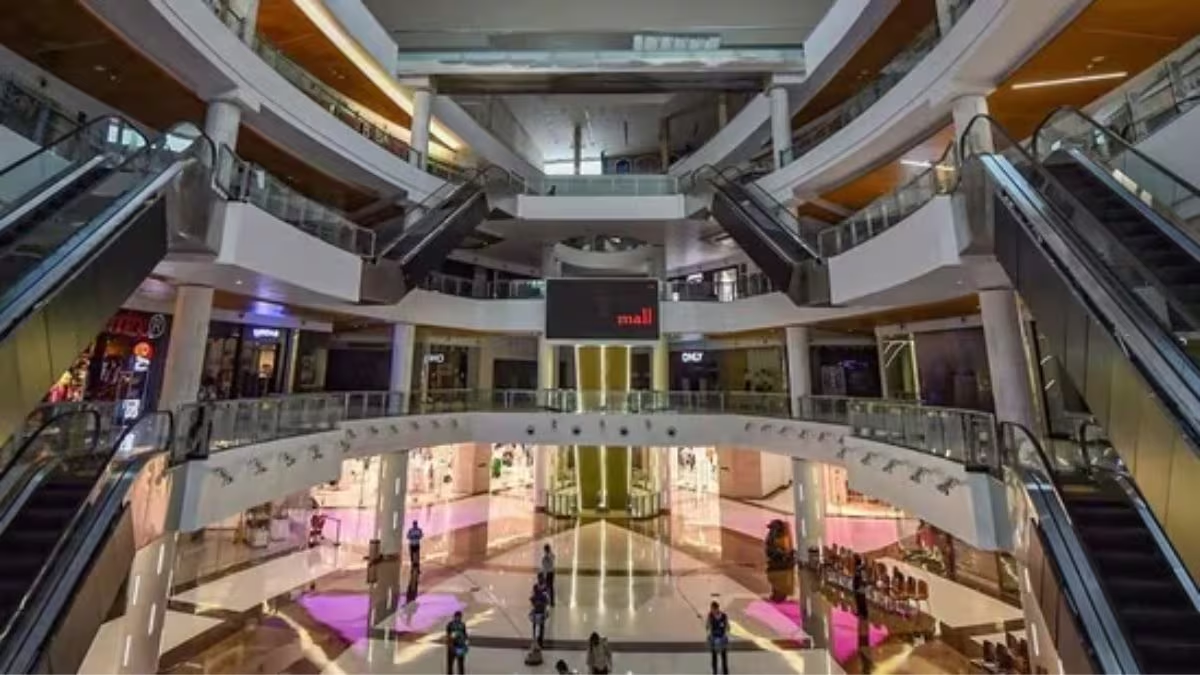Ghost malls, also known as abandoned or vacant malls, have become a haunting symbol of India’s changing retail landscape. These vast structures, once bustling with activity and commerce, now stand eerily empty, reflecting the challenges faced by the retail industry in the country.
)
Several factors contribute to the phenomenon of ghost malls in India. One key factor is oversupply. In the rush to capitalize on the growing middle-class consumer base, developers constructed numerous malls without adequate consideration for market demand. This led to an oversaturation of retail space, causing many malls to struggle to attract tenants and customers.
Furthermore, changing consumer preferences and the rise of e-commerce have reshaped the retail landscape. With the convenience of online shopping and the proliferation of delivery services, traditional brick-and-mortar stores have faced increasing competition. Many consumers now prefer the ease of shopping from their homes rather than navigating crowded malls.
Economic factors also play a role in the decline of malls. Economic downturns and fluctuations can affect consumer spending habits, leading to decreased foot traffic in malls and financial strain on retailers. Additionally, high operating costs, including rent, utilities, and maintenance, can make it challenging for mall owners to sustain their businesses, especially in the face of dwindling revenues.
The consequences of ghost malls extend beyond the physical structures themselves. These abandoned spaces represent wasted resources and lost opportunities for economic growth. They also have social implications, as they can contribute to urban blight and affect the livelihoods of those who depended on the malls for employment and commerce.
Efforts to repurpose or redevelop ghost malls are underway in some regions of India. These initiatives aim to transform vacant mall spaces into mixed-use developments that incorporate residential, commercial, and recreational elements. By adapting to changing market dynamics and embracing innovative solutions, stakeholders hope to breathe new life into these abandoned structures and revitalize the communities they once served.





Leave a Reply